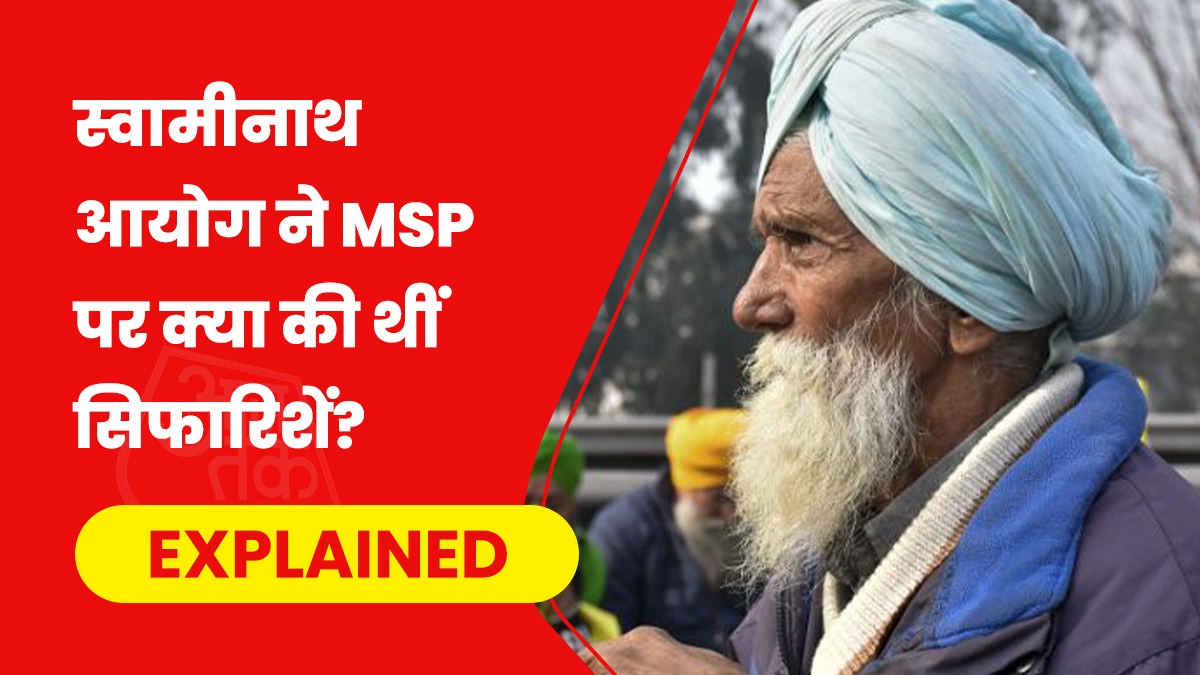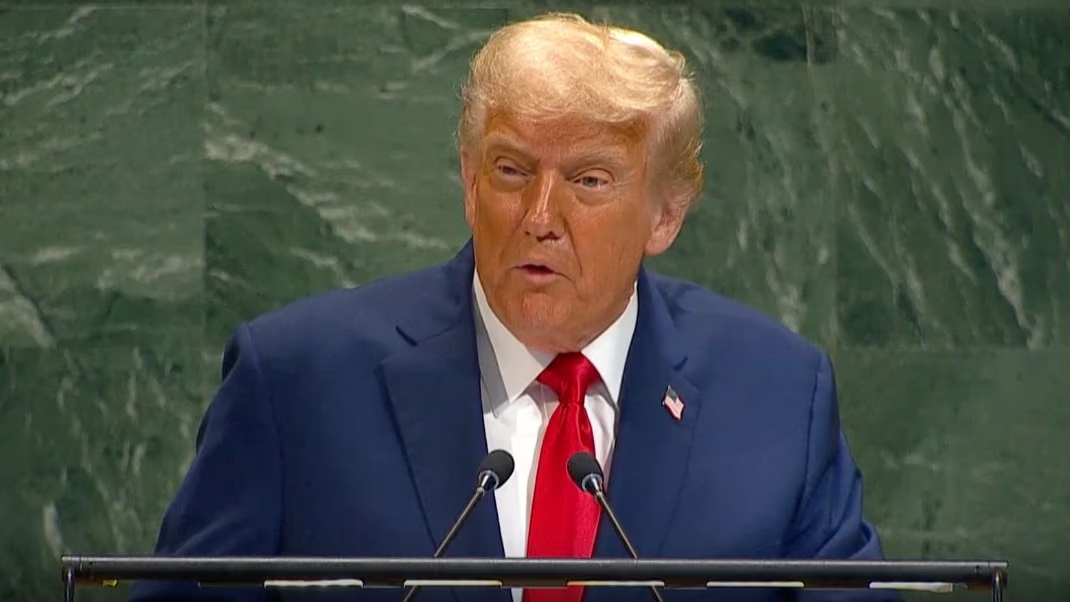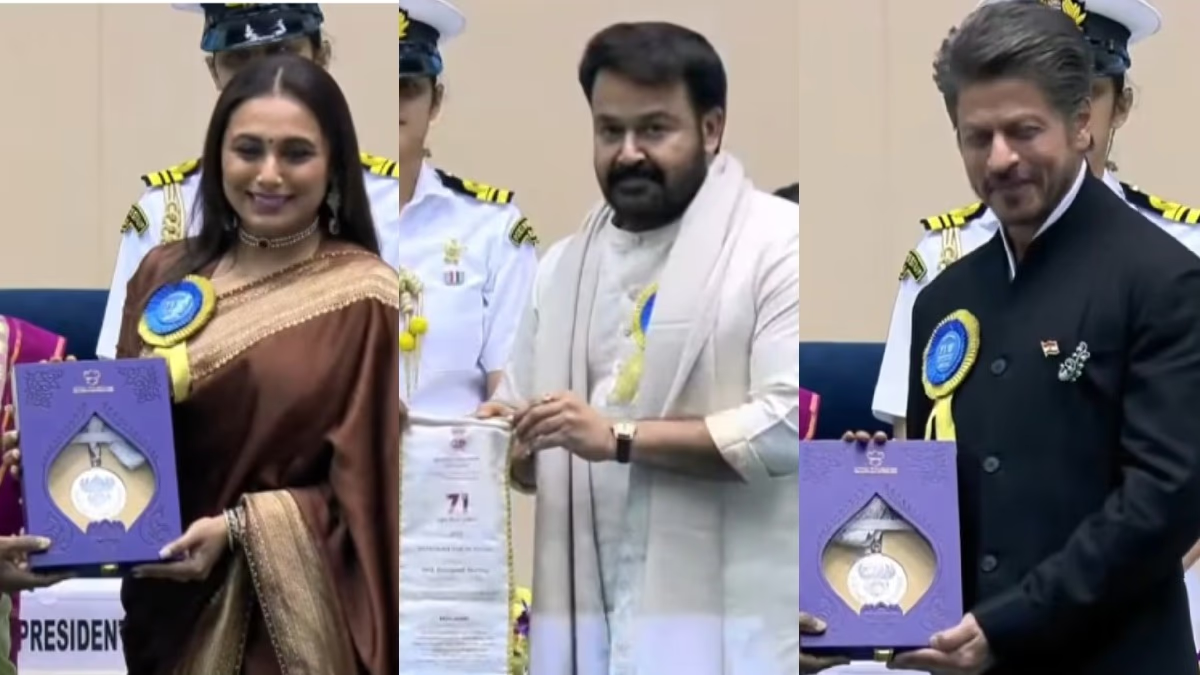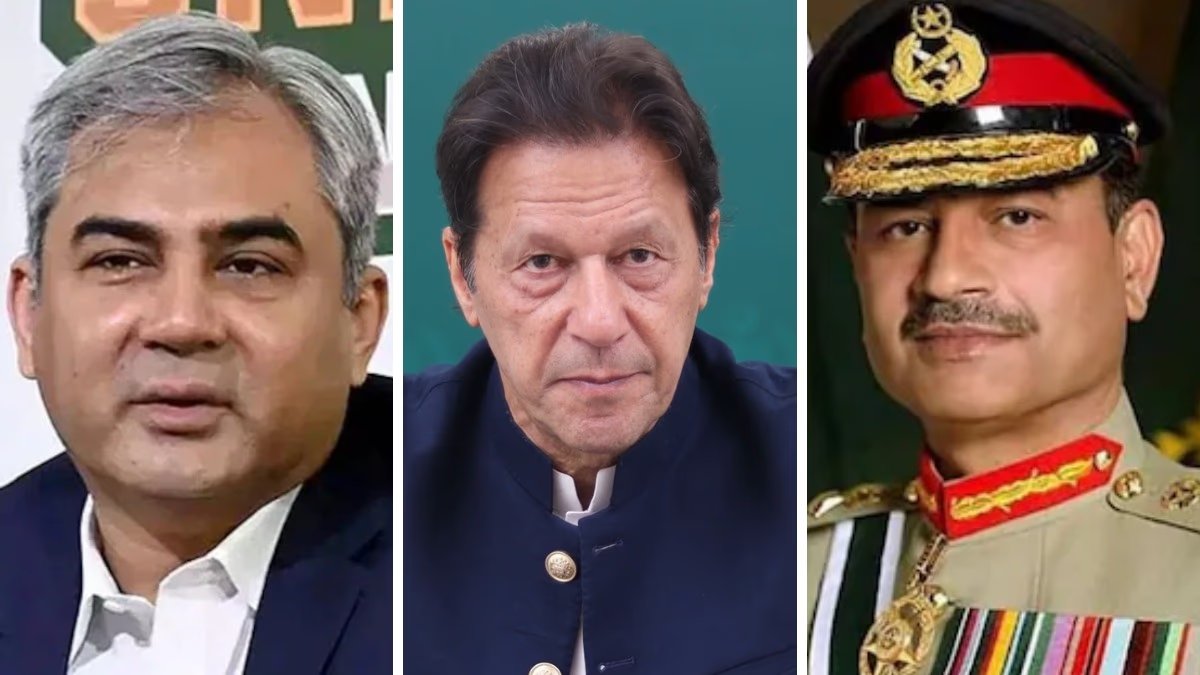Farmers Protest:
Just before the national elections, farmers are back on the streets. Two organizations, the United Farmers Front and the Farmers Workers’ March, called for a 'Delhi Chalo March' on Tuesday. Consequently, Delhi's borders have been sealed.
All entry points into Delhi have been fortified. Barricades are set up, and drone surveillance is in place. Meanwhile, there are ongoing clashes between farmers and the police from the Shambhu border to the Jind border. Tear gas and rubber bullets are being deployed to stall the protesting farmers.
The intention of the farmers was to besiege the Parliament and coerce the government into acquiescing to their demands. However, the police have thoroughly sealed the boundaries.
One of the primary demands of the protesting farmers is the legal guarantee of Minimum Support Price (MSP). Farmers are also demanding the implementation of the Swaminathan Commission's recommendations on MSP. The All India Farmers' Association claims that while the government has honored Swaminathan with the Bharat Ratna, his recommendations remain unheeded.
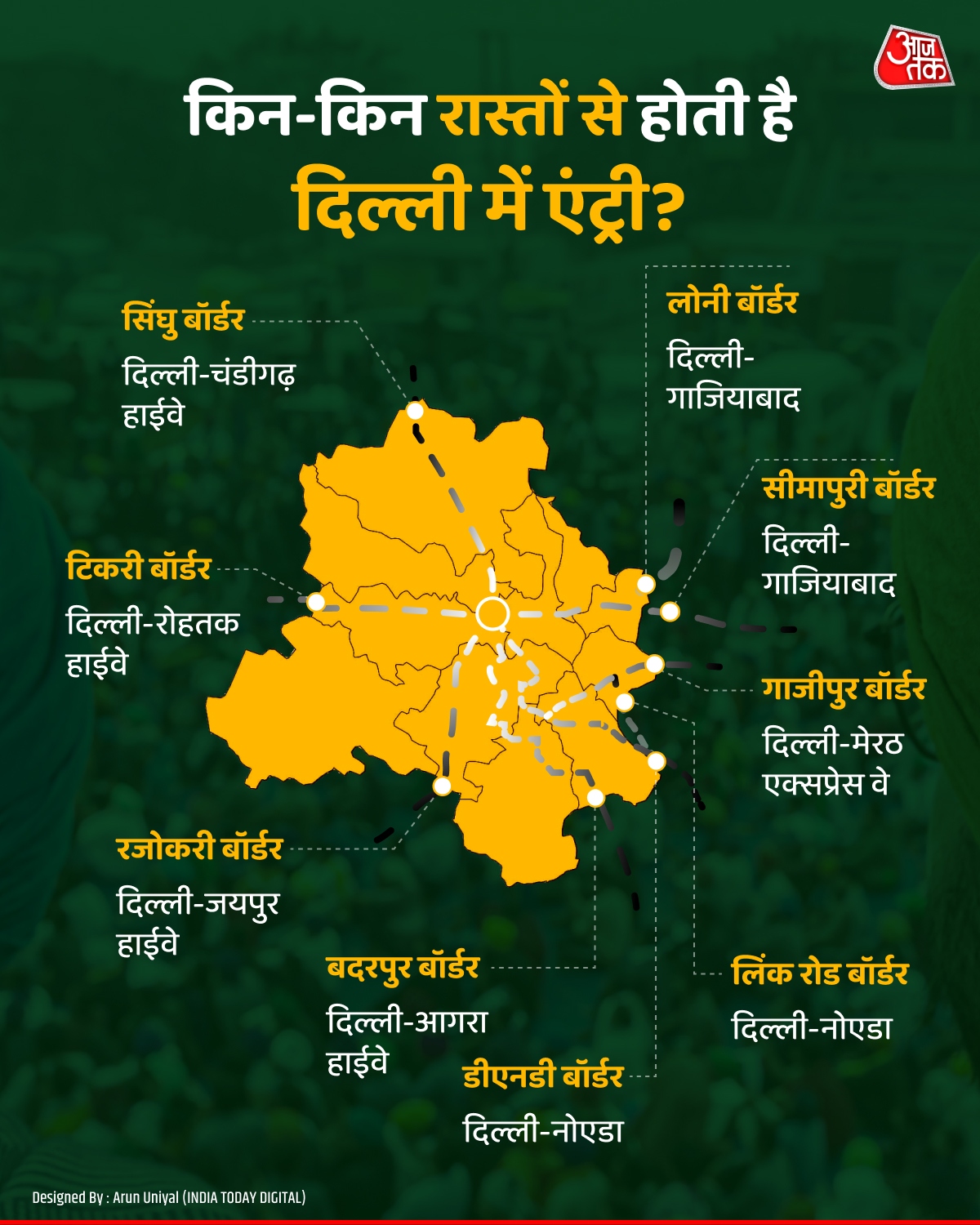
Source: aajtak
Farmers' associations assert that the government had promised to pass a law guaranteeing MSP, which has yet to materialize.
The Swaminathan Commission had recommended paying farmers one and a half times the cost of their crops. Despite 18 years since the report, the recommendations on MSP have not been enacted, leading to repeated farmer uprisings as a major cause.
What is the Swaminathan Commission?
The anger of farmers has had consequences for the ruling party. From Indira Gandhi to Atal Bihari Vajpayee, governments have faced the wrath of farmers.
After the Vajpayee government, when the UPA government came to power under Manmohan Singh, a committee was formed in November 2004 chaired by MS Swaminathan. It was called the 'National Commission on Farmers'.
The Swaminathan Commission was tasked with finding solutions to farmer-related issues. Between December 2004 and October 2006, the commission prepared six reports.
The commission made several recommendations to solve the farmers' problems, including suggestions on MSP.

Source: aajtak
What were the MSP recommendations?
The Swaminathan Commission recommended paying farmers 50% more than the cost of their crops. The cost of crop production was divided into three parts: A2, A2+FL, and C2.
A2 consists of all cash expenses in crop production, including seeds, fertilizers, labor, fuel, and irrigation.
A2+FL includes the family members' labor in addition to the total production cost.
C2 incorporates not only cash and non-cash expenses but also includes rent for the land and interest costs related to farming. The commission had recommended MSP based on the C2 cost plus an additional 50%.
How will this affect the situation?
At a glance, there would be more than Rs 350 per quintal difference in the MSP of wheat alone. The Commission for Agriculture Costs and Prices (CACP) determines the MSP for each crop.
As per the CACP report, for the 2023-24 season, the cost of wheat per quintal was estimated at Rs 903 for A2, Rs 1,128 for A2+FL, and Rs 1,652 for C2. Meanwhile, the MSP set for wheat per quintal for 2023-24 was Rs 2,125.
If the Swaminathan Commission's C2+50% formula is applied, the MSP for wheat per quintal would be Rs 1,652 + Rs 826 = Rs 2,478. Hence, there was a Rs 353 difference from the set MSP for 2023-24.
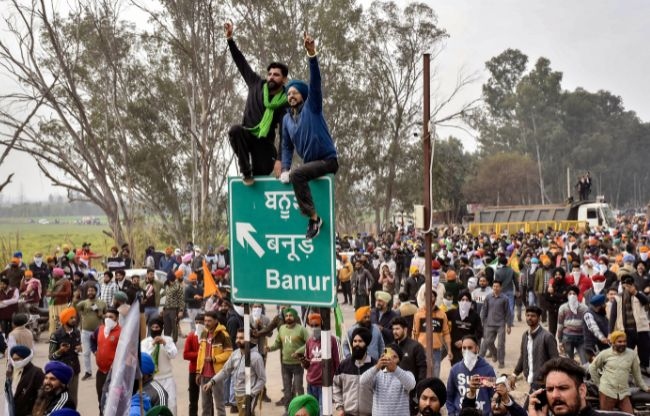
Source: aajtak
What happens now?
CACP currently sets the MSP for 23 types of crops. The government does not buy sugarcane; sugarcane is purchased by mills.
MSP essentially guarantees a price for crops, ensuring farmers receive proper payment regardless of lower market prices. This is to protect farmers from market fluctuations.
CACP currently sets MSP based on the A2+FL cost, and it is claimed to be higher than the cost.
How much does the government purchase at MSP?
Just last week, the government released figures regarding this. It was reported that for 2022-23, about 1,063 lakh tonnes of grains were purchased at MSP, whereas in 2014-15 the figure was 761 lakh tonnes.
During this time, the government's spending on MSP has almost doubled. In 2014-15, the expenditure was Rs 1.06 lakh crore, and in 2022-23 it was Rs 2.28 lakh crores.
Implementing the Swaminathan Commission’s C2+50% formula for MSP and turning it into law would significantly increase government expenditures. Estimates suggest that if an MSP guarantee law is enacted, the annual expenditure would jump by Rs 10 lakh crores.
